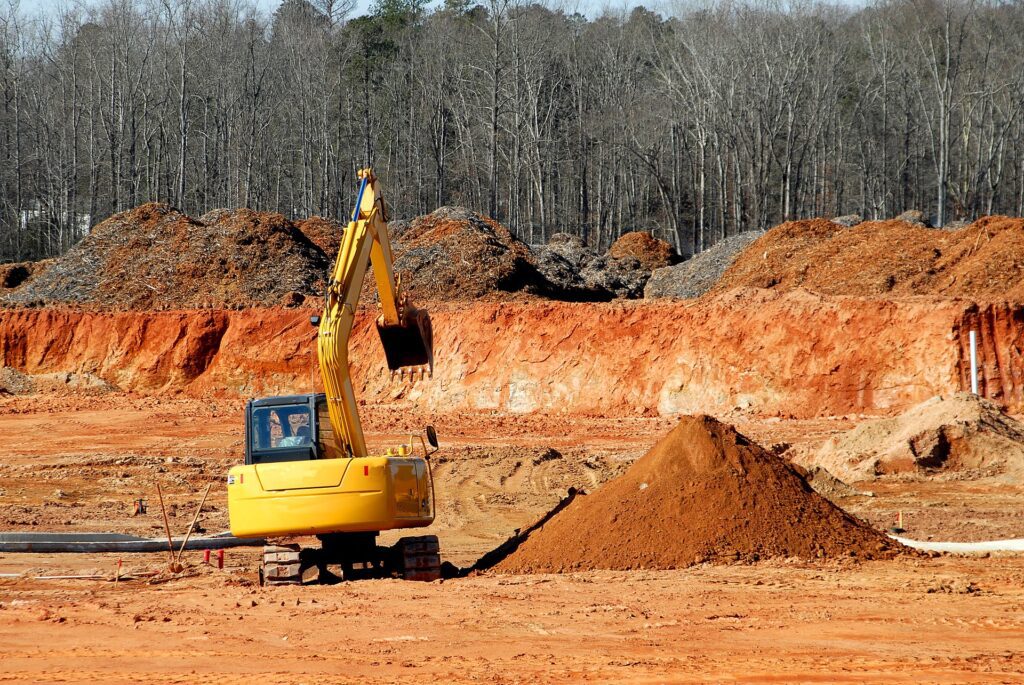Arizona Updated Dust Control Rules: What Construction Site Operators Need to Know
Arizona’s natural beauty and pristine air quality are protected by a series of environmental regulations designed to minimize air pollution. Among these are the Arizona Updated Construction Dust Control Rules or the Arizona Regional Haze Rule, which includes provisions to reduce fugitive dust emissions from nonresidential construction sites. The regulations, detailed in Arizona Administrative Code R18-2-D1302, went into effect on January 1, 2025, and will impact owners and operators of nonresidential construction sites within designated Dust Visibility Protection Areas. Here’s what you need to know.
Key Definitions in the Rule
To comply with these regulations, understanding the definitions outlined in R18-2-D1301 is critical. Here are some of the most important terms in the Arizona Updated Construction Dust Control Rules:
- Dust Visibility Protection Areas: Specific regions around Arizona’s national parks and wilderness areas, including the Chiricahua National Monument and Saguaro National Park, where stricter dust control measures apply.
- Fugitive Dust: Fine particles released into the air from disturbed earth, bulk materials, or construction activities.
- Nonresidential Construction Sites: Sites used for commercial, industrial, or institutional construction projects.
- Chemical Stabilizers/Dust Suppressants: EPA-approved substances used to control fugitive dust emissions.
- Bulk Materials: Materials such as sand, gravel, soil, and demolition debris that may produce dust.
For a full list of definitions, see the official regulation text.
Who Is Affected?
These rules apply to owners or operators of nonresidential construction sites within Dust Visibility Protection Areas. However, areas governed by existing Maricopa or Pinal County dust control rules are exempt.

What Are the Key Requirements?
- Notification Requirements
Before starting construction activities, owners/operators must notify the Director of ADEQ at least 30 days in advance. This notification must include:- Expected construction start and end dates.
- Project location and size.
- Selected dust control measures.
- Dust Control Standards
The rule outlines specific dust control measures to lessen fugitive dust:- Unpaved Staging and Parking Areas: Sites with more than one acre of unpaved areas must implement at least one control method.
- Vehicle Speed Limits: For sites with over 10 acres of disturbed surface, maximum vehicle speeds must not exceed 15 mph. Speed limits must be enforced with signs placed throughout the site.
Monitoring and Inspections
Daily inspections are required to ensure compliance with Arizona Updated Construction Dust Control Rules and their measures. Key inspection points include:
- Gravel coverage and depth.
- Speed limit enforcement for vehicles.
- Proper application of chemical suppressants.
Recordkeeping and Reporting
Owners/operators must maintain comprehensive records for a minimum of five years. These records include:
- Details of dust control measures, such as types of treatments and application dates.
- Daily inspection logs documenting findings, corrective actions, and enforcement methods.
- Manufacturer specifications for dust suppressants, if applicable.
Records must be readily available for review upon request by regulatory authorities.

Why This Matters
Arizona’s emphasis on fugitive dust control protects public health and preserves air quality in sensitive natural areas. For construction professionals, these regulations provide a clear framework for minimizing environmental impact while ensuring project compliance.
Next Steps
If your project falls under these new Arizona Updated Construction Dust Control Rules and regulations, take action now:
- Familiarize yourself with the definitions and requirements.
- Develop a compliance plan that incorporates the required dust control measures.
- Submit notifications and prepare to maintain accurate records throughout the project lifecycle.
Desert Mountain Corporation can help with dust solutions and compliance plans. We have products that your team can apply, or we offer application services to do it for you. Reach out to us at 877-718-3878 or via email at info@desertmtncorp.com.
By observing these updated rules, you’ll contribute to cleaner air and help protect Arizona’s stunning landscapes for generations to come. For further details, consult the official Arizona Administrative Code R18-2-D1302 or contact the Arizona Department of Environmental Quality at (602) 771-2300.
